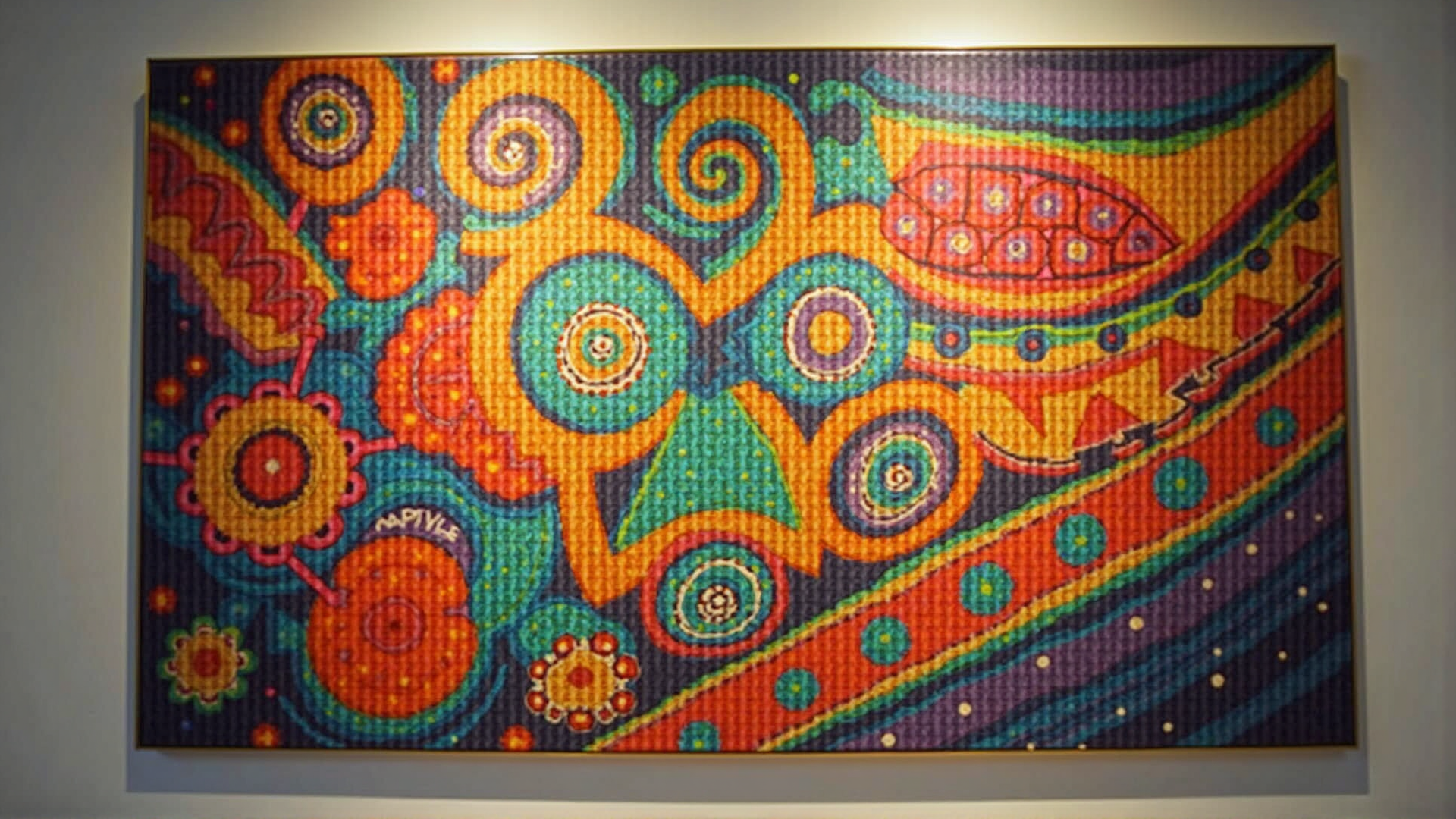In a world where creativity knows no bounds, design has become a powerful tool for transformation, inspiring us to see everyday objects and spaces in a new light. This spirit of innovation is shaping the future, as designers across the globe push the boundaries of traditional art forms, introducing groundbreaking and thought-provoking pieces that challenge, inspire, and delight.
One of the most remarkable aspects of these innovative designs is their ability to blur the lines between functionality and art. Take, for example, the rise of interactive installations that engage audiences in multi-sensory experiences. These creations invite viewers to not only witness but to participate, forging a deeper connection between the observer and the artwork. These installations utilize various technologies, such as augmented reality and virtual reality, to create immersive environments that require active engagement.
An outstanding example is the use of sustainable materials in design, an approach that highlights the intersection of environmental consciousness and aesthetics. Designers are increasingly incorporating eco-friendly materials like recycled plastics, bamboo, and hemp into their work. This not only helps in reducing waste and conserving resources but also adds unique textures and forms to the final product, creating pieces that are as sustainable as they are beautiful.
Furthermore, the trend of modular design is transforming conventional notions of space and utility. Furniture and architectural concepts are being reimagined to offer flexibility and adaptability, catering to the dynamic lifestyles of modern users. Modular pieces fit together like a sophisticated puzzle, allowing individuals to customize their environment in endless ways. This adaptability transcends aesthetic appeal, fostering a more inclusive and accessible design ethos.
The integration of technology into design continues to change the landscape, especially with the advent of smart materials and digital fabrication techniques. Designers are now able to explore new geometries and forms that were previously impossible to create by hand. 3D printing, for instance, allows for intricate designs that can be precisely replicated, maximizing both creativity and efficiency. Smart materials, meanwhile, bring dynamic properties to designs, such as color-changing surfaces and self-healing structures, adding an extra layer of interaction and functionality.
Innovative design also pays homage to cultural heritage, incorporating traditional craftsmanship with modern techniques. This fusion of the old and the new creates pieces that resonate on multiple levels, honoring artistic traditions while paving the way forward. It's a captivating journey through time, where ancestral knowledge intricately weaves with contemporary vision, enriching the cultural tapestry of design.
The power of innovative design lies in its potential to inspire change and evoke emotion. By pushing beyond conventional boundaries, designers open doors to unexplored realms of creativity, challenging us to rethink our relationship with the objects and spaces that surround us. Whether through form, function, or material, these pioneering designs promise to inspire and elevate the human experience, ultimately shaping a future where art and design continually redefine the possible.
